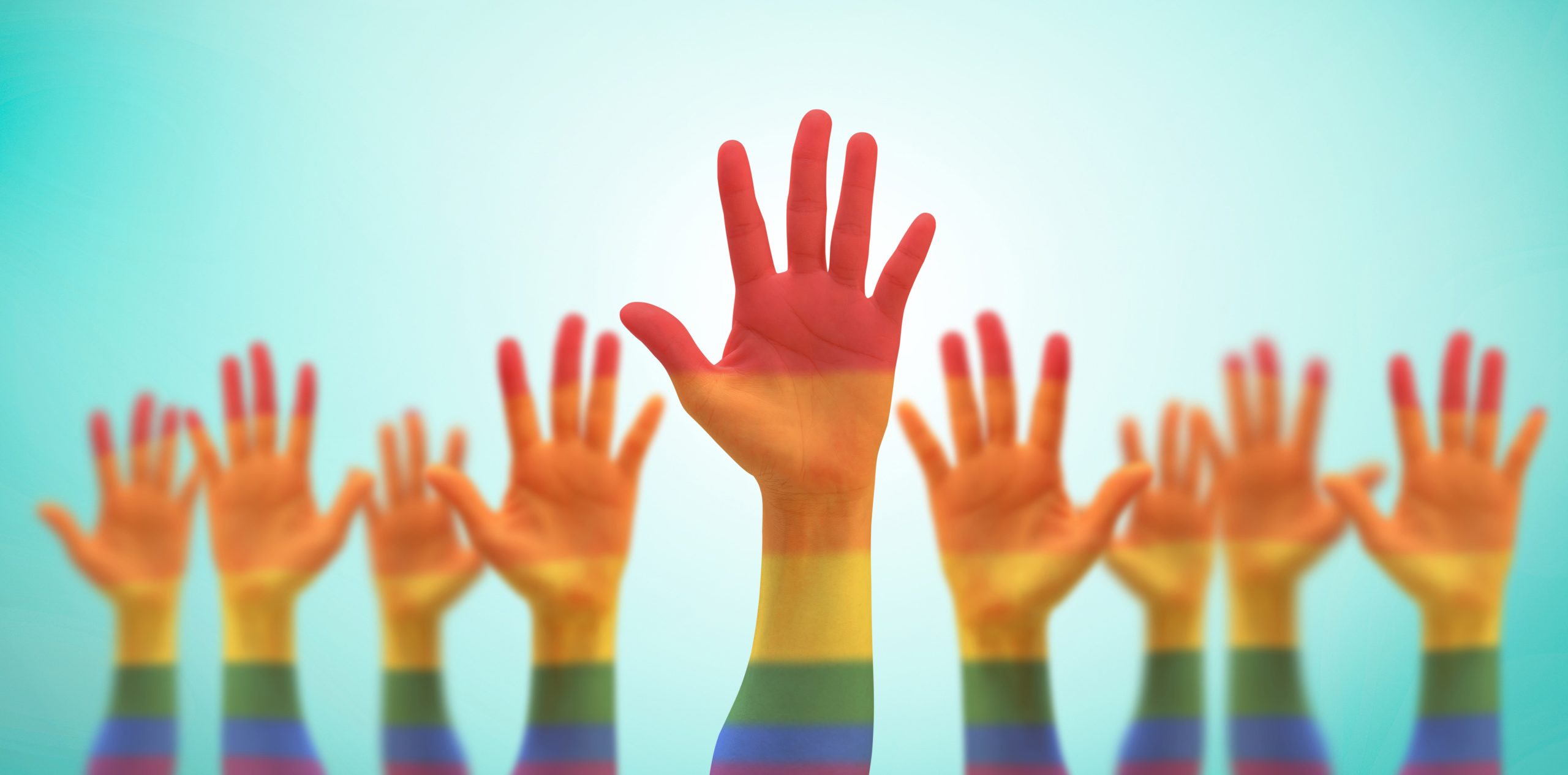The reasons are social stressors, self-medication and healthcare avoidance, research says.
Bisexual women and lesbian women have earlier mortality than heterosexual women, dying an estimated 37% and 20% sooner respectively.
A large study has found that bisexual and lesbian women have worse physical, mental and behavioural health than heterosexual women due to chronic exposure to stressors. Leading causes of death for LGB women are cancer, respiratory disease, cardiovascular disease and suicide.
The Nurses’ Health Study II in the US collected comprehensive health data of nearly 91,000 nurses over three decades. Participants were born between 1945 and 1964, were recruited for the study in 1989 and followed up until 2022. Sexual orientation was declared in a 1995 questionnaire.
Cumulative mortality over the study period was less than 5% for heterosexual women, but rates for lesbian and bisexual women were higher (7% and 10% respectively). Twice as many participants identified themselves as lesbian than bisexual, and nearly 99% identified as heterosexual. Ethnic and racial minorities made up 6% of both the heterosexual and LGB groups.
Researchers found that mortality was not the only notable disparity between LGB and heterosexual women. Risk factors for breast cancer and cardiovascular disease in LGB women were also elevated, with bisexual participants showing a 50% higher prevalence of hypertension than heterosexual participants.
Lesbian and bisexual participants reported twice as much alcohol and tobacco use as heterosexual participants, as well as showing an elevated risk of depression.
“The majority of the mortality disparity found in the present study is likely attributable to preventable health behaviours and conditions that lead to a range of causes of death,” the authors wrote.
Researchers concluded that LGB women who disclose their orientation face high rates of discrimination by clinicians, leading to access issues for preventative care.
LGB women were less likely to receive screening for sexually transmitted infections than heterosexual women as clinicians might assume that LGB women primarily have female sexual partners and were therefore at lower risk.
Related
“Furthermore, LGB women experience discrimination from employers, landlords, and service providers, leading to financial insecurity, housing instability and food insecurity and thereby limiting financial and neighbourhood resources for healthy options and health services,” the authors write.
LGB women had more limited social resources and unstable relationships due to disapproval or rejection by friends, families and colleagues. Self-medication to cope with these stressors, such as alcohol, tobacco and substance abuse, contributed both to the elevated risk of chronic health problems and the avoidance of healthcare for fear of judgement.
“Collectively, these experiences of chronic stress may damage the body by dysregulating cardiovascular, metabolic, and immune systems, making LGB women more susceptible to disease and premature death. As a result, LGB women are vulnerable to increased risk of premature mortality attributable to a wide range of preventable causes of death,” they wrote.
Disparities between lesbian and bisexual women were also significant. They found that bisexual women had higher risk of substance use, cardiovascular disease, depression and anxiety than lesbian women, and poorer overall physical and mental health.
The researchers attributed this to stressors relating to staying closeted, as bisexual women are less likely than lesbian women to identify and may find their identity more concealable due to having male partners.
“Emerging evidence suggests that concealing one’s bisexual orientation may lead to more negative internalizing processes, confusion, and isolation from the queer community, which increase risks of adverse health behaviours to cope,” they write.
The authors conclude that clinicians need to be aware that LGB women are more vulnerable to these risks and that these health disparities are implicated in multiple disease pathways.


